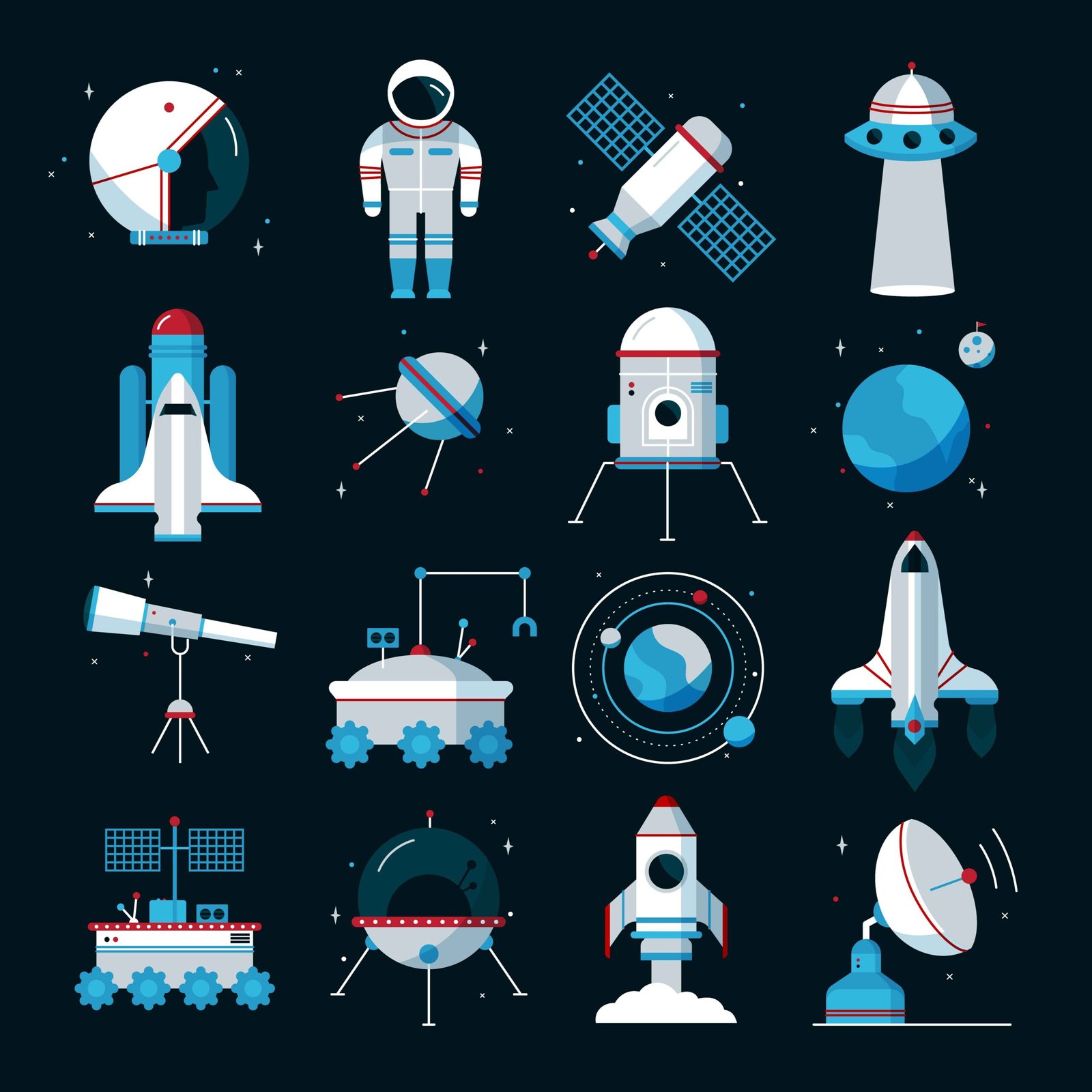NASA Pick Up Gadgets: A Glimpse into Space Innovation
As we venture further into the cosmos, the role of advanced gadgets and technologies becomes ever more crucial. NASA, the leading pioneer in space exploration, continuously develops cutting-edge devices designed to enhance our understanding of the universe. This article delves into the remarkable NASA pick up gadgets, highlighting their functions, innovations, and impact on space missions.
Nasa pick up gadget: Revolutionary Space Tools
Space exploration has always pushed the boundaries of innovation, leading to the development of groundbreaking tools that have revolutionized our understanding of the cosmos. Here are a few revolutionary space tools that have made a significant impact:
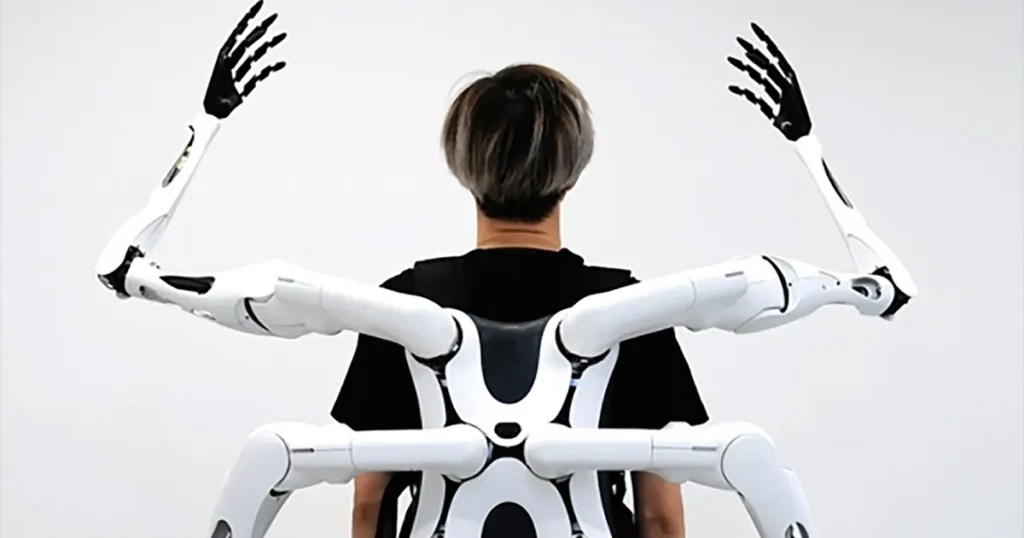
Robotic Arms: NASA’s Space Shuttle program introduced the Canadarm, a series of robotic arms used for deploying and retrieving satellites, assisting with docking the Shuttle, and supporting astronauts during spacewalks. Its successor, the Canadarm2 on the International Space Station (ISS), continues to be crucial for station maintenance and cargo handling.

Rovers: The Mars rovers, like Spirit, Opportunity, and Curiosity, have been instrumental in Martian exploration. These robotic scientists traverse the Martian surface, analyzing soil and rock samples to uncover the planet’s history and search for signs of past life.
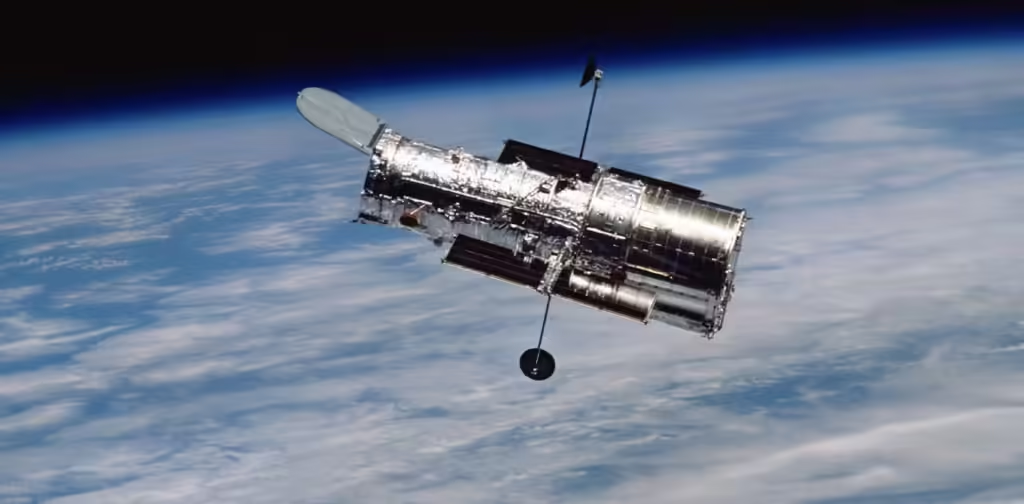
Hubble Space Telescope: Launched in 1990, the Hubble Space Telescope has provided us with some of the most detailed images of distant galaxies, nebulae, and other astronomical phenomena. Its observations have led to breakthroughs in our understanding of the universe’s expansion and the existence of dark matter.
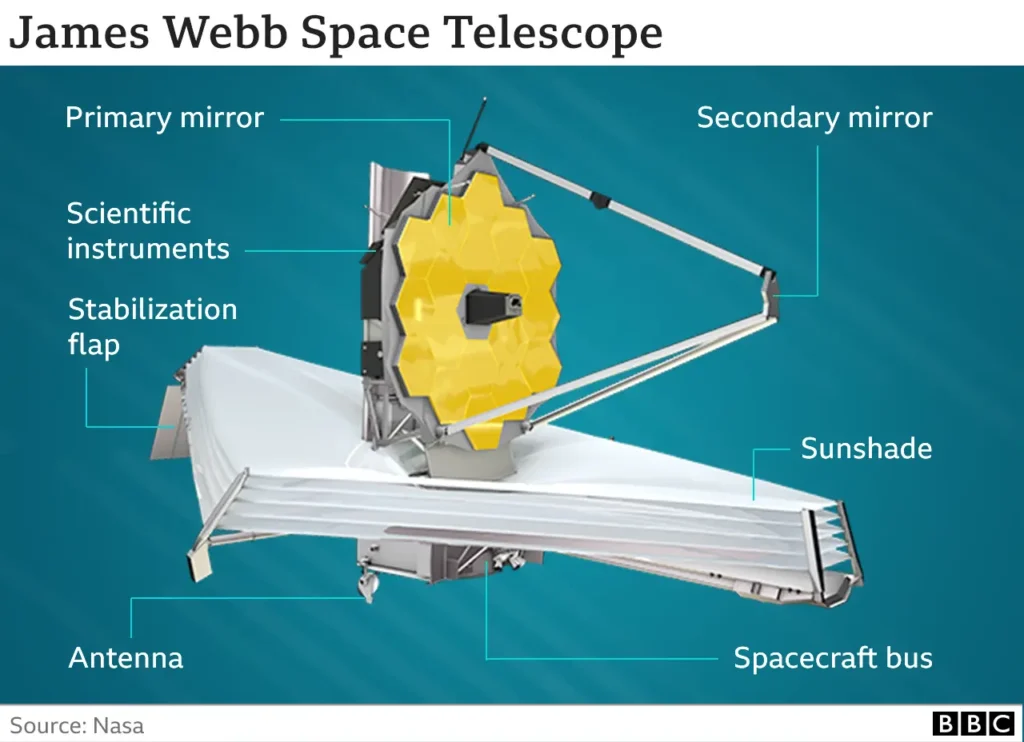
James Webb Space Telescope: The James Webb Space Telescope (JWST), set to launch soon, is poised to be a game-changer in space observation. With its advanced infrared capabilities, JWST will look further into the universe’s past than ever before, observing the formation of the first galaxies.

CubeSats: CubeSats are miniaturized satellites used for space research that are affordable and easier to deploy than traditional satellites. They have opened up space exploration to more countries and organizations by reducing cost barriers.
These tools represent just a glimpse into humanity’s quest to explore space. As technology advances, we can expect even more revolutionary instruments that will continue to expand our horizons and deepen our understanding of the universe around us.
Robotic Arms and Manipulators: Extending Our Reach in Space
Robotic arms are quintessential in handling various tasks aboard spacecraft and space stations. These highly adaptable tools can perform intricate operations, from capturing satellites to conducting repairs.
Robotic arms and manipulators are essential tools in the realm of space exploration, serving as the extended hands of astronauts and playing a pivotal role in the success of numerous missions. These sophisticated devices allow for precise operations in the harsh environment of space, where human presence is limited or too risky.
The Canadarm Legacy: The iconic Canadarm, first used on the Space Shuttle, was a technological marvel that enabled astronauts to deploy and capture satellites, construct the International Space Station (ISS), and support spacewalks. Its design included multiple joints and a camera system for detailed visual feedback, making it an indispensable tool for shuttle missions.

Canadarm2 and Dextre: On the ISS, the Canadarm2 continues this legacy. It’s larger, more dexterous, and fully computer-controlled, capable of handling large payloads and assisting with docking procedures. Alongside Canadarm2 is Dextre, a smaller two-armed robot that performs delicate tasks outside the station, reducing the need for astronaut-led spacewalks.
Robotic Arms on Mars: Robotic arms on Mars rovers like Curiosity are equipped with cameras, drills, and spectrometers. They collect samples and analyze Martian geology, providing insights into the planet’s environment and potential for life.
Future Prospects: As we venture further into space, robotic arms will become even more critical. They will repair satellites, assemble structures in orbit, and support human colonization efforts on other planets. The development of these tools showcases human ingenuity and our desire to explore beyond our limits.
Advanced Drilling and Sampling Tools
Gathering samples from extraterrestrial bodies is a fundamental aspect of NASA’s missions. The agency employs sophisticated drilling and sampling gadgets to accomplish this task.
- Mars Rover Drill: Used by rovers such as Curiosity and Perseverance, these drills are designed to penetrate the Martian surface and collect soil and rock samples.
- Sample Caching System: Featured on Perseverance, this system stores collected samples in sealed tubes for future retrieval and return to Earth.
Extravehicular Activity (EVA) Tools
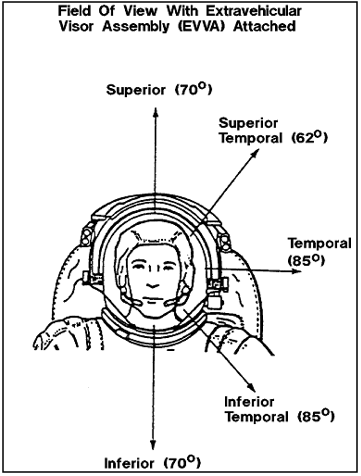
EVA tools are essential for astronauts performing spacewalks. These tools are engineered to be highly functional in microgravity and vacuum environments.

- Pistol Grip Tool (PGT): A multipurpose tool used for bolting and unbolting, the PGT is crucial during maintenance and assembly tasks on the ISS.
- APFR (Articulating Portable Foot Restraint): Provides stability to astronauts during spacewalks, allowing them to secure themselves while using both hands for tasks.
Innovative Space Communication Gadgets
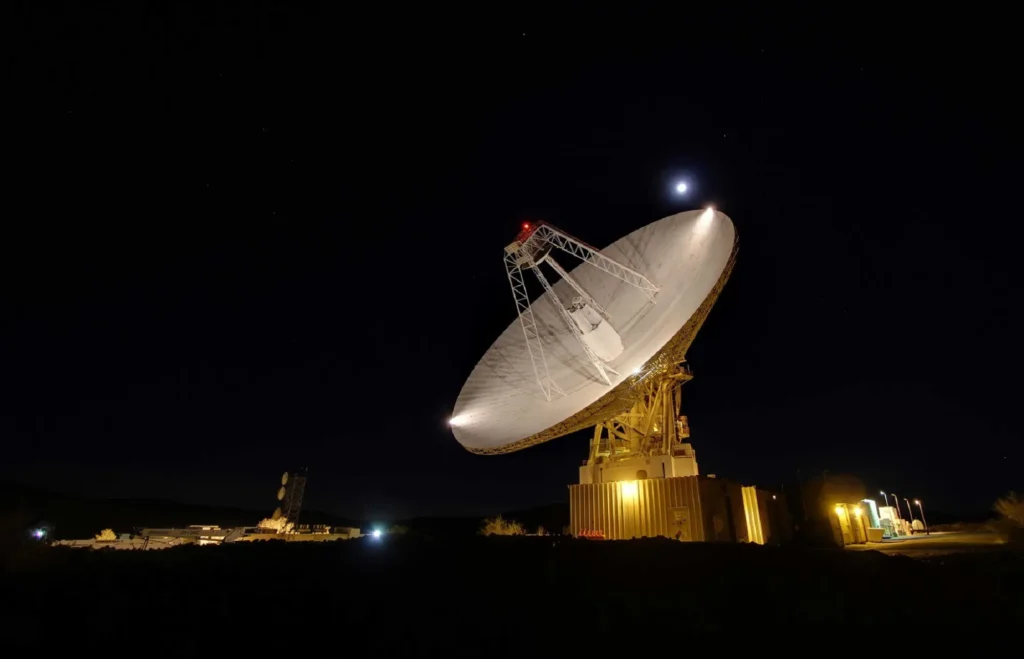
Effective communication is vital for the success of space missions. NASA has developed state-of-the-art communication tools to ensure robust and reliable connections.
Deep Space Network (DSN)
The Deep Space Network is a global network of antennas that facilitates communication with spacecraft beyond Earth’s orbit. It plays a crucial role in transmitting data and commands between Earth and distant missions.
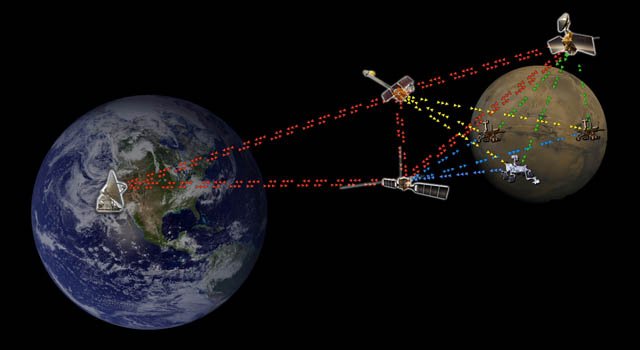
- Antenna Arrays: Located in California, Spain, and Australia, these arrays are equipped with large parabolic antennas capable of sending and receiving signals across vast distances.
- Signal Processing: Advanced algorithms and signal processing techniques are employed to enhance the clarity and reliability of communications.
Laser Communication Systems
Laser communication represents a significant leap forward in transmitting data at higher speeds and with greater efficiency than traditional radio waves.

- Lunar Laser Communication Demonstration (LLCD): Demonstrated the potential of laser communication by achieving high-speed data transmission between the Moon and Earth.
- Laser Communications Relay Demonstration (LCRD): Aims to further validate laser communication for deep-space missions, promising faster and more reliable data transfer.
Autonomous Navigation and Guidance Systems: Steering Through the Stars
Navigating through space requires precise and reliable guidance systems. NASA’s autonomous navigation technologies ensure spacecraft can reach their destinations accurately. Autonomous navigation and guidance systems are the unsung heroes of space exploration, enabling spacecraft to traverse the vastness of space with precision and reliability. These advanced systems are crucial for the success of missions, from satellite operations to interplanetary travel.
Self-Guided Spacecraft: Spacecraft equipped with autonomous navigation can make real-time decisions, adjust their trajectory, and respond to unexpected challenges without direct intervention from Earth. This autonomy is vital for deep-space missions where communication delays can be significant.
Mars Rovers’ Autonomy: The Mars rovers, such as Perseverance, are equipped with autonomous navigation systems that allow them to safely maneuver the Martian terrain. They can detect obstacles, plan routes, and drive themselves to designated locations, maximizing their scientific output.
Satellite Constellations: For satellite constellations like SpaceX’s Starlink, autonomous guidance ensures that each satellite maintains its proper position and avoids collisions, all while providing global internet coverage.
Deep Space Atomic Clock (DSAC)
The Deep Space Atomic Clock is an advanced timekeeping device that enhances the precision of spacecraft navigation.
The Deep Space Atomic Clock (DSAC) is a revolutionary mercury-ion atomic clock that offers unparalleled stability and precision for deep space navigation. It is designed to drift no more than 1 nanosecond in 10 days, making it significantly more stable than existing navigation clocks. This miniaturized timekeeping device enables spacecraft to perform time-critical events such as orbit insertion or landing autonomously, reducing mission operation costs and reliance on Earth-based directions.
- Accuracy: DSAC provides timing stability more than 50 times better than current space clocks, crucial for deep-space missions.
- Autonomy: Allows spacecraft to navigate independently, reducing reliance on ground-based systems.
Terrain-Relative Navigation (TRN)
Terrain-Relative Navigation (TRN) is a cutting-edge technology that enables landers and rovers to autonomously navigate and land on surfaces with high precision.
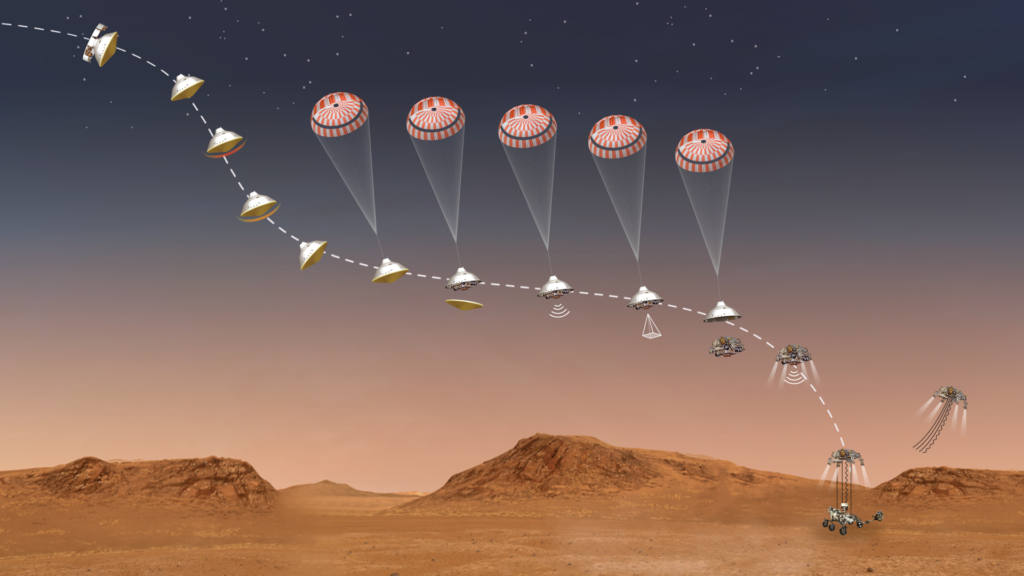
It is an innovative technology developed by NASA that enhances the precision of spacecraft landings and navigation on extraterrestrial surfaces. It works by comparing real-time terrain measurements with preloaded maps to estimate the spacecraft’s position, enabling it to autonomously avoid hazards and land in previously inaccessible areas. This technology has been pivotal in exploring planets like Mars and moons with challenging terrains, allowing for safer and more accurate landings in target locations.
- Mars 2020 Mission: Utilized TRN to safely land the Perseverance rover on Mars, using onboard cameras and algorithms to compare surface features in real-time.
Environmental Monitoring and Life Support Gadgets: Sustaining Life in Space
Maintaining a habitable environment in space is essential for the well-being of astronauts. NASA has developed sophisticated systems to monitor and sustain life in space. In the hostile environment of space, environmental monitoring and life support gadgets are critical for astronaut survival. These devices ensure that the conditions within spacecraft and space habitats remain safe and habitable throughout the duration of the mission.
Vital Signs Monitoring: Astronauts are equipped with wearable technology that continuously monitors their vital signs, such as heart rate, body temperature, and oxygen levels. This real-time data helps medical teams on Earth keep track of their health and respond to any potential issues.
Atmospheric Control: Life support systems maintain a breathable atmosphere by regulating oxygen levels, removing carbon dioxide, and managing humidity and temperature. The Advanced Closed-Loop System (ACLS) aboard the ISS recycles air and water, significantly reducing the need for resupply missions.
Radiation Detection: Spacecraft are fitted with sensors to detect radiation levels, which can be harmful to astronauts. These gadgets alert crews to take shelter during solar flares or other high-radiation events.
Water Purification: Water recovery and purification systems are essential for long-duration space travel. They recycle wastewater from various sources, including sweat and urine, into clean drinking water.
Future Developments: As we prepare for extended missions to the Moon, Mars, and beyond, the advancement of environmental monitoring and life support gadgets will be paramount. Innovations in this field will not only enhance astronaut safety but also pave the way for sustainable living in space.
Environmental Control and Life Support System (ECLSS): The Backbone of Habitability in Space
The ECLSS is a comprehensive system that manages air, water, and temperature aboard spacecraft and space stations. The Environmental Control and Life Support System (ECLSS) is a vital component of human spaceflight, responsible for creating and maintaining a livable environment within spacecraft and space stations. This complex system is the backbone of long-duration missions, ensuring that astronauts have access to the essentials for life: air, water, and stable temperatures.

Air Revitalization: One of the primary functions of ECLSS is air revitalization. It scrubs carbon dioxide from the cabin air and replenishes oxygen, keeping the atmosphere breathable. Technologies like the Carbon Dioxide Removal Assembly (CDRA) and the Oxygen Generation Assembly (OGA) are key to this process.

Water Recovery: ECLSS also includes water recovery systems that purify wastewater from various sources, including urine, sweat, and cabin humidity. This not only provides astronauts with drinking water but also conserves precious resources on missions where resupply is challenging.
Thermal Regulation: Maintaining a stable temperature is crucial for both crew comfort and equipment operation. ECLSS manages heat through a combination of insulation, heat exchangers, and radiators, ensuring that internal temperatures remain within safe limits.
Waste Management: Waste management is another critical aspect of ECLSS. Solid waste is compacted and stored until it can be disposed of, while liquid waste is processed and recycled when possible
Portable Life Support System (PLSS): The Astronaut’s Lifeline During Spacewalks
The Portable Life Support System is a backpack-like device worn by astronauts during EVAs, providing essential life support functions. The Portable Life Support System (PLSS) is an astronaut’s best friend during spacewalks, also known as extravehicular activities (EVAs). This backpack-like system is designed to provide everything an astronaut needs to survive outside the protective confines of a spacecraft or space station.
Oxygen Supply: At the heart of the PLSS is its oxygen supply, which provides breathable air for the astronaut. It also pressurizes the spacesuit to maintain the body’s normal functions in the vacuum of space.
Carbon Dioxide Removal: The PLSS includes a system to remove carbon dioxide from the exhaled breath, ensuring that the astronaut does not inhale harmful levels of this gas.
Temperature Control: Space can be extremely hot or cold, so the PLSS regulates the temperature around the astronaut. A Liquid Cooling and Ventilation Garment (LCVG) worn under the spacesuit circulates water to remove excess body heat.
Communication and Navigation: The PLSS also houses communication equipment to keep astronauts in contact with mission control and their fellow crew members. Additionally, it may include navigation aids to help astronauts orient themselves and navigate back to the spacecraft if necessary.
Battery Power: All these systems require power, which is provided by batteries within the PLSS. These batteries are designed to last for the duration of a spacewalk, typically several hours.
Scientific Instruments for Space Exploration: Unlocking the Mysteries of the Cosmos
NASA’s scientific instruments are at the forefront of space exploration, enabling groundbreaking discoveries about our universe. Space exploration is not just about traveling to new worlds; it’s also about understanding them. Scientific instruments are the tools that allow us to probe the mysteries of the cosmos, from the composition of distant planets to the behavior of exotic cosmic phenomena.
Spectrometers: Spectrometers are one of the most common instruments aboard spacecraft. They analyze light from stars, galaxies, and planetary surfaces to determine their composition, temperature, and motion.
Cameras and Imaging Systems: High-resolution cameras and imaging systems capture detailed visuals of celestial bodies. The images they provide are not only breathtaking but also rich with data for scientists to study.
Particle Detectors: Particle detectors aboard spacecraft like the Parker Solar Probe study high-energy particles from the Sun, providing insights into solar wind and space weather conditions that can affect Earth.
Seismometers: Seismometers, like those on NASA’s InSight lander, measure ‘marsquakes’ on Mars. This data helps us understand the Red Planet’s internal structure and geological activity.
Magnetometers: Magnetometers measure magnetic fields around planets and moons. They have revealed surprising details about planetary interiors and interactions with solar wind.
Spectrometers and Analyzers: Deciphering the Chemical Fingerprints of the Universe
Spectrometers and analyzers are indispensable tools in space exploration, serving as the primary means for scientists to understand the chemical and physical properties of distant celestial objects.

Spectrometers: These instruments work by dispersing light into its component wavelengths, much like a prism creates a rainbow from sunlight. By analyzing the resulting spectrum, scientists can identify the elements present in a star, planet, or comet. For example, spectrometers on the Hubble Space Telescope have helped determine the composition of exoplanet atmospheres.
- Alpha Particle X-ray Spectrometer (APXS): Used on Mars rovers to determine the elemental composition of Martian rocks and soil.
- Sample Analysis at Mars (SAM): A suite of instruments on the Curiosity rover that analyzes gases and organic compounds in Martian samples.
Mass Spectrometers: Mass spectrometers aboard interplanetary missions measure the mass-to-charge ratio of ions to identify their molecular composition. This was crucial in detecting organic molecules on Mars by the Curiosity rover, hinting at the planet’s habitability.
Gamma-Ray and X-Ray Spectrometers: These specialized spectrometers detect high-energy photons, revealing information about cosmic phenomena such as supernovae, black holes, and neutron stars.
Analyzers: Analyzers complement spectrometers by providing detailed information about particles and fields. For instance, plasma analyzers study solar wind and magnetic fields to understand space weather’s impact on Earth.
Telescopes and Imaging Devices
- Hubble Space Telescope: Provides unparalleled views of distant galaxies, nebulae, and other celestial phenomena.
- James Webb Space Telescope: Set to succeed Hubble, this telescope will offer deeper insights into the formation of stars and galaxies.
NASA’s pick up gadgets embody the pinnacle of technological innovation, pushing the boundaries of what is possible in space exploration. From advanced robotic arms and drilling tools to sophisticated communication systems and autonomous navigation technologies, these gadgets play a crucial role in the success of NASA’s missions. As we continue to explore the cosmos, the development and deployment of these cutting-edge tools will undoubtedly lead to even more remarkable discoveries and advancements.

